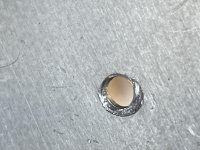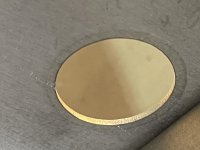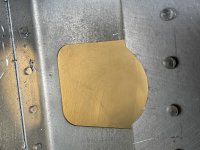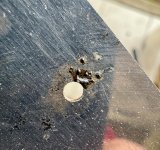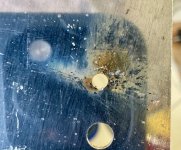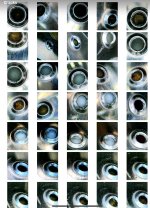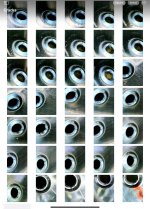Laser Cut Parts List updated; Service Letter SL-00091 published
Van's Aircraft has published an updated Laser Cut Parts List (R6), which reflects further analysis on parts manufacturing dates and reclassifies certain parts.
Part classifications have been developed through an analysis of the airworthiness and service life of these parts. A summary of this investigation, "Laser-Cut Parts Engineering Evaluation," is available on the Van’s Aircraft website.
Service Letter SL-00091 has been published. It refers the reader to the updated Laser-Cut Parts List as well as the Laser-Cut Parts Engineering Evaluation document, and addresses the use and inspection of these parts.
In addition, the team at Van's Aircraft is completing customer specific laser cut parts lists for each individual kit based on the date each kit was crated (and when the quickbuild kit was assembled). These will be communicated directly to individual customers in the near future. Van’s will communicate additional information about the laser cut parts replacement program when these customer-specific lists are delivered.
Van's Aircraft has published an updated Laser Cut Parts List (R6), which reflects further analysis on parts manufacturing dates and reclassifies certain parts.
Part classifications have been developed through an analysis of the airworthiness and service life of these parts. A summary of this investigation, "Laser-Cut Parts Engineering Evaluation," is available on the Van’s Aircraft website.
- As of R6 of this document the "First Date in Inventory" has been updated to a highly conservative date that represents the first point in time that a Laser-cutting vendor was directed to make that specific part number. This date is before parts made it to the shelf. With certainty, for any given part number, a kit packed before this date contains a punched version of that part. After this date there is a possibility that a part is laser cut.
- A handful of parts were removed from the list because after further analysis, it was determined that those parts were not delivered as laser-cut.
- The list has been re-sorted and is now displayed as earliest to latest date.
- For kits assembled as quickbuild kits or to the quickbuild stage, or beyond, Van's is evaluating and will be providing alternate means of repair where disassembly is impractical or overly burdensome.
Service Letter SL-00091 has been published. It refers the reader to the updated Laser-Cut Parts List as well as the Laser-Cut Parts Engineering Evaluation document, and addresses the use and inspection of these parts.
In addition, the team at Van's Aircraft is completing customer specific laser cut parts lists for each individual kit based on the date each kit was crated (and when the quickbuild kit was assembled). These will be communicated directly to individual customers in the near future. Van’s will communicate additional information about the laser cut parts replacement program when these customer-specific lists are delivered.



